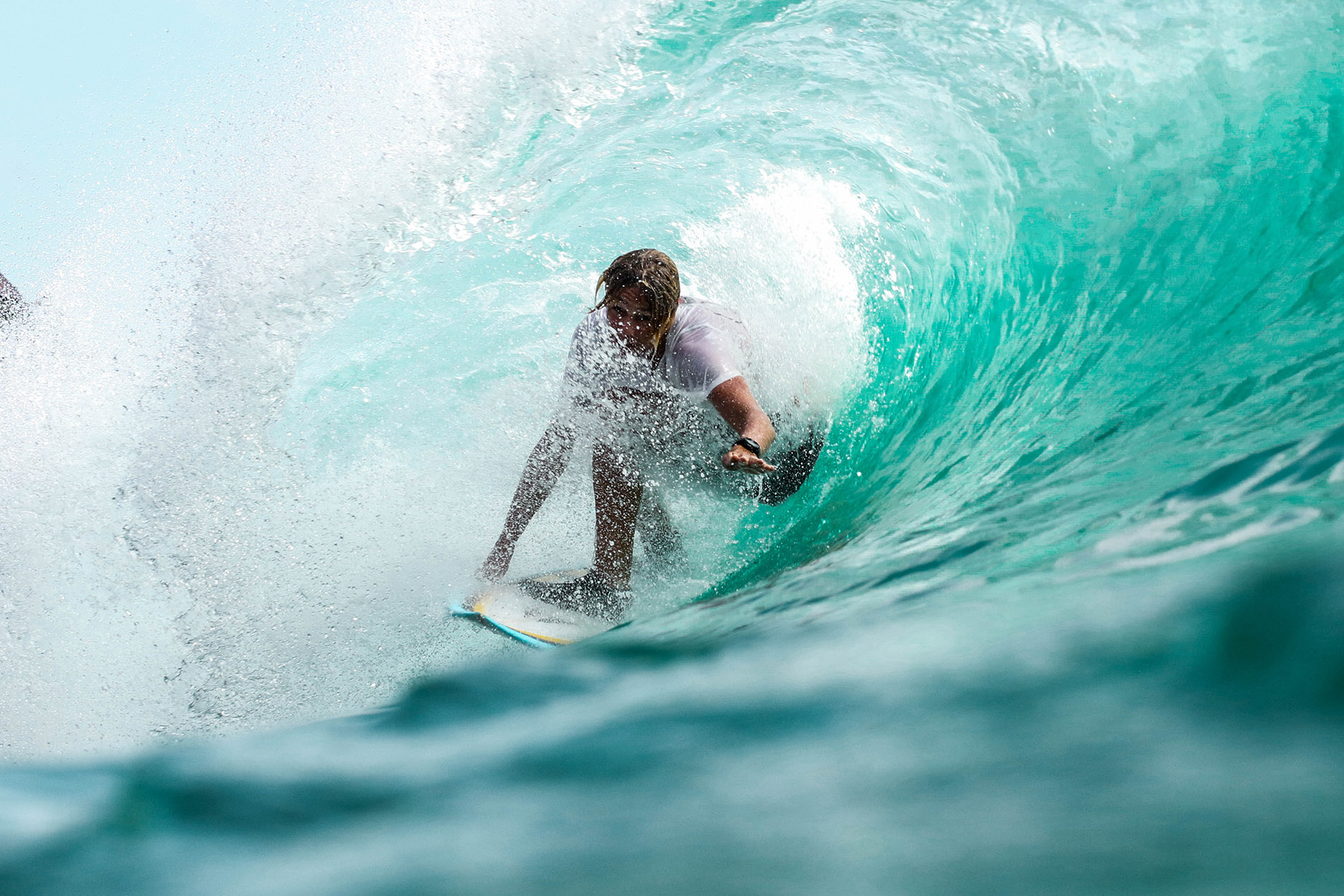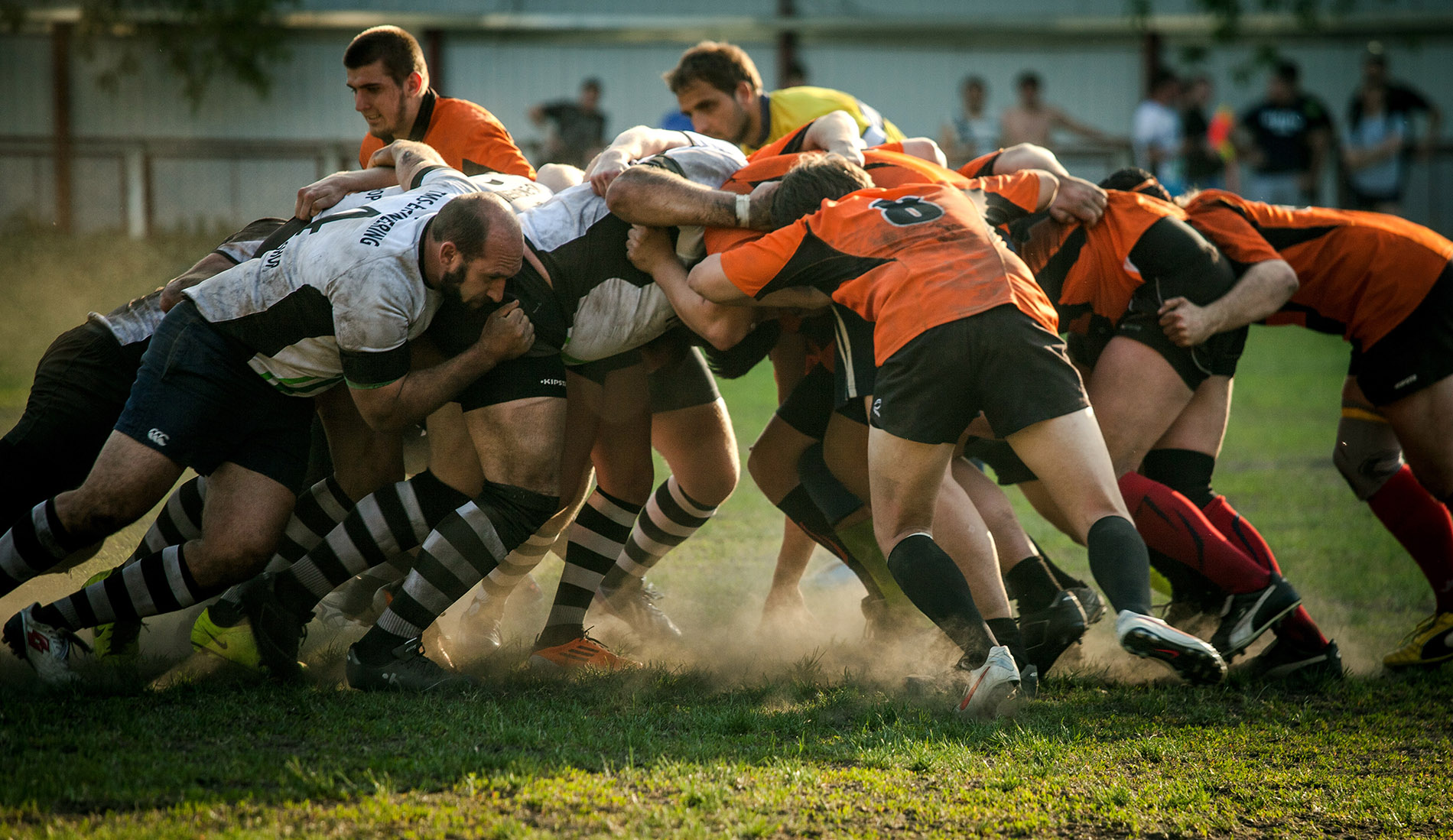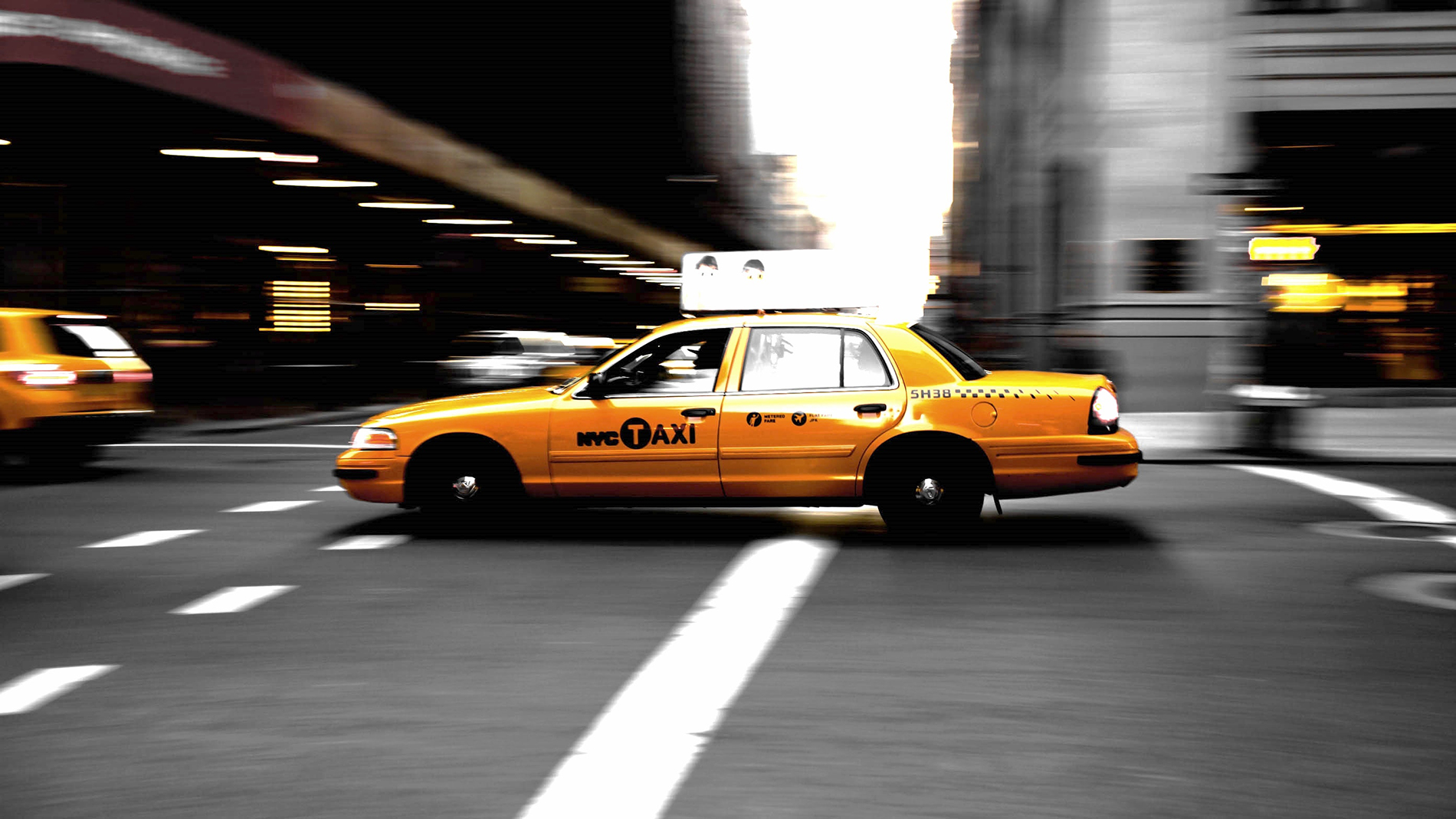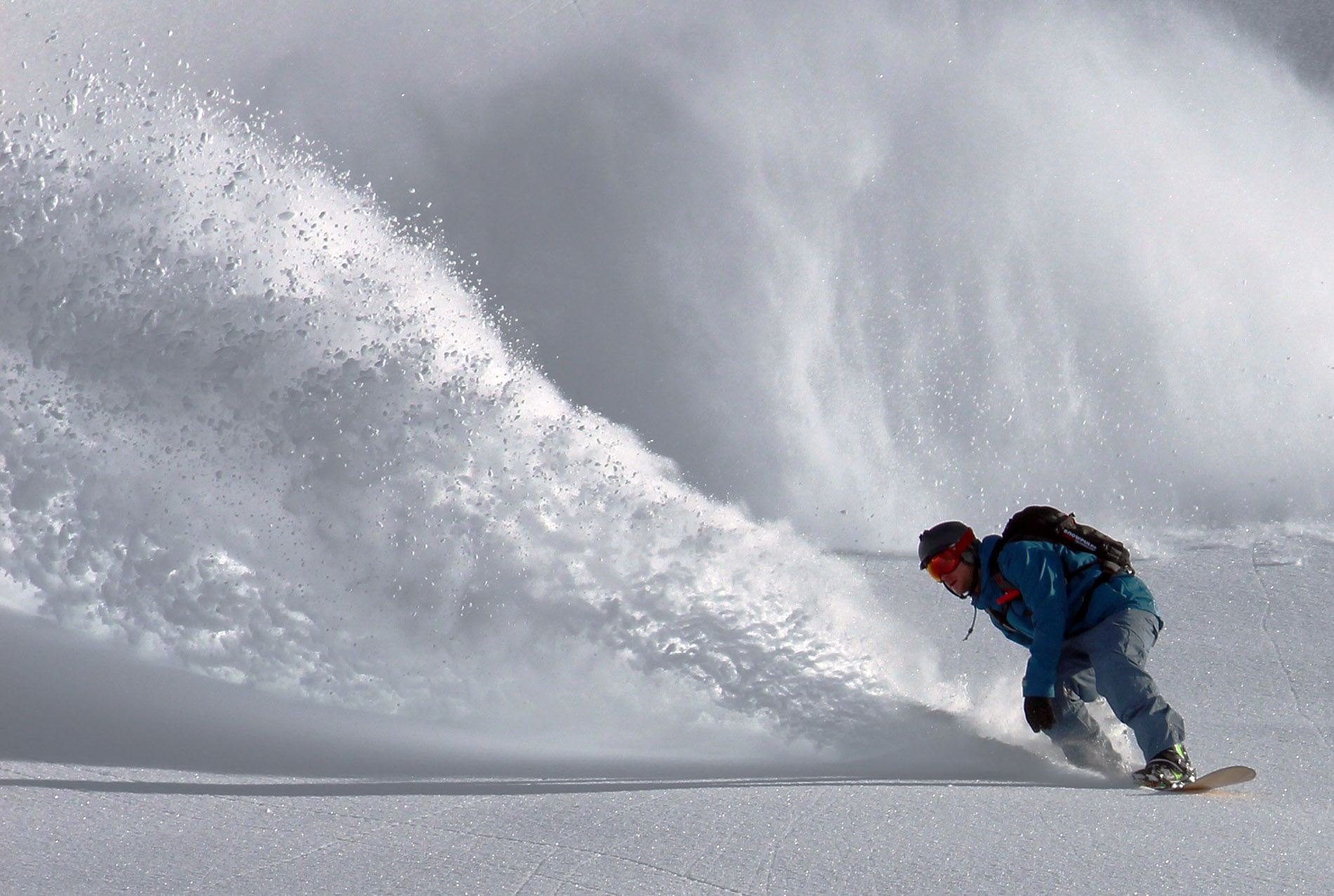
There are lots of reasons that people decide to pick up a camera—a desire to shoot nature and wildlife, landscapes, street photography or portraits, for example. Another popular reason is to shoot action photography. With the explosion of action sports over the last number of years, this is probably the single most common source of inspiration for young photographers and videographers. And as a father of two young children, I can tell you I definitely know which side of the lens I want my kids to be on!
There’s no denying it though—action sports were made to be photographed, and I have no doubt that the combination of social media and access to low-cost, high-quality cameras has played a big role in the increased popularity of these sports. Of course it’s not just action sports that attract photographers—traditional sports like soccer, hockey and baseball attract their fair share of proud parents who want to capture their spawn in all their sporting glory. Whatever your “goal”, there are lots of techniques you can add to your arsenal that will help you get the shots you want.
So here are some of my tips to help you get the best possible action shots.
Use a Telephoto Lens
Often the challenge with sports and action photography is one of proximity—it’s often not possible to get as close as you would like to your subject. That’s why you see all those photographers at sports events toting those big telephoto lenses which allow them to get the shot from the relative safety of the sideline. My personal go-to zoom lens is the Canon EF 70-200mm f/4 lens, which isn’t a crazy powerful zoom, but for the price and the size, it’s quite the package. And if you use it on a full-frame camera, like the 6D, it works beautifully as a portrait lens too. Nowadays however you’re not just limited to a DSLR or a mirrorless camera if you want big zooming capability—you can also invest in one of the megazoom point-and-shoots, like the Sony Cybershot DSCHX350 [how about a nickname Sony??] which has a 50x zoom, the equivalent of 25mm-1250mm, which is pretty impressive!

Shoot In Burst Mode
This is a pretty obvious one, but worth mentioning nonetheless. Every camera has some sort of continuous mode which allows you to take a series of shots by holding down the shutter button. For series action photographers the ‘frames per second’ rate is one of the most important numbers on the spec sheet of any camera. For that reason manufacturers are constantly try to push the envelope here, and Sony’s flagship a9 can shoot a whopping 20 shots a second!
Think Outside The Box
Not all action photography involves sports. Pretty much anything that moves can be a subject for an action shot, like the New York taxi in the shot below. This is a perfect example of a panning shot, where you track the movement of your subject as it passes by. The reason it works so effectively here is because of the slow shutter speed the photographer has chosen. The vast majority of action shots are taken with high shutter speeds that freeze the moment, but you can get some really interesting shots when you slow the shutter speed down and allow some of the energy and motion into your shot. I personally love this style, and I’ve used it a lot to photograph cyclists in urban environments.

Find the Tracking Focus
Every decent camera has more than one autofocus mode. The most basic mode just focuses once on the focus point and holds the focus there, but when your subject is moving towards you or away from you, this is not actually ideal as they will quickly fall out of focus. Instead you can choose a tracking mode where the camera will continually change the focus as your subject changes position. Make sure you read your cameras manual to find out what the various modes available to you are and how to switch between them. Most cameras will require you to access a menu option, but the Fujifilm X-T2 has a dial on the front of the camera that lets you choose your mode manually. It also shoots up to 14 frames per second, which is not too shabby. The X-T2 is also known for having one of the biggest viewfinders around, which leads me to my next tip…
Use the Viewfinder
I think a lot of casual photographers are in the habit of using the LCD screen to compose their shots nowadays. I often recommend practicing with the actual viewfinder instead because I believe it trains you to be more deliberate about the way you compose your images. Personally, I find it much easier to get into the zone when I have my eye to the camera, and when you’re shooting action, where things are in a state of constant flux, it’s good to have that edge to keep you in the moment. Also remember that you never get the shot unless your finger’s on the shutter button and you’re paying close attention, and keeping your eye to the viewfinder definitely helps you to block out any distractions.

Find a Fresh Angle
When you find yourself shooting in a situation where there is free access and there are a number of other photographers around, basically anybody there can get the same shot as you. In photography you should always try to make images that set you apart from the crowd, so my advice is to try and find a spot or an angle that no one else is using. I’m reminded of a story about the great Henri Cartier-Bresson, who was photographing an American president in a scrum of other photographers. Cartier-Bresson knew that anyone could get the shot he was getting, so he decided to take up a position behind the president, and in doing so he captured an amazing image that showed us what it was like to be the president, faced with a mob of photographers.
What kind of challenges are you having with your action shots? Let me know in the comments below!
Best Buy has a huge selection of cameras and camera accessories to help you take the most amazing action shots.



Thank you! I love taking pictures as a hobby. This will open new possibilities for photo ideas. I have a few projects in my mind and this will help me a lot.
Comments are closed.